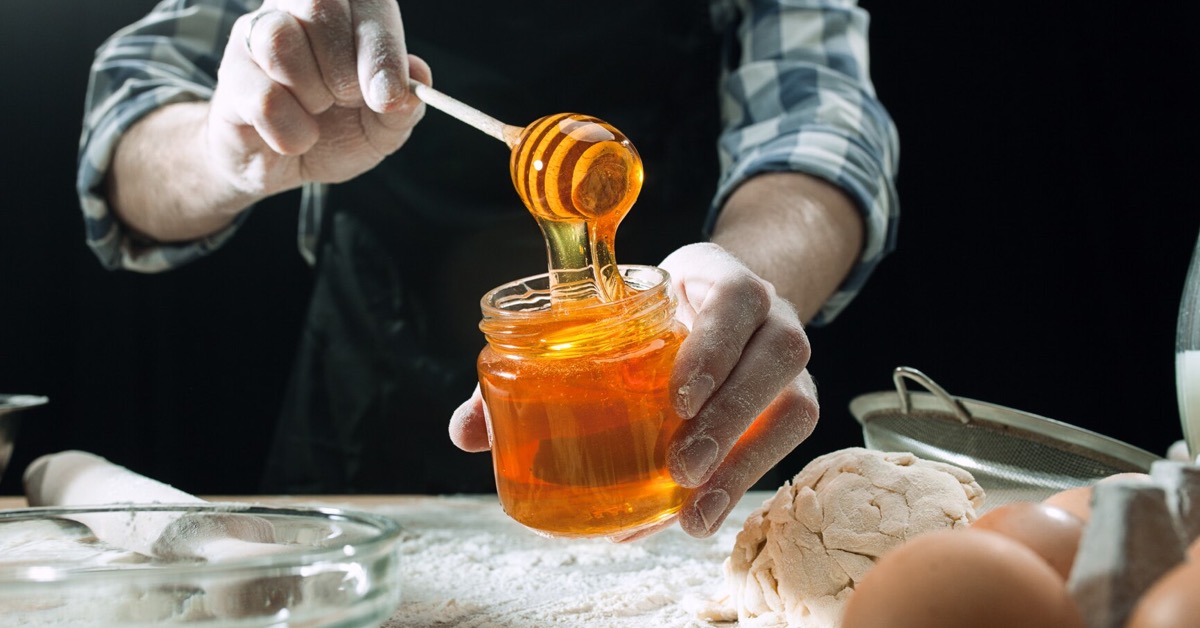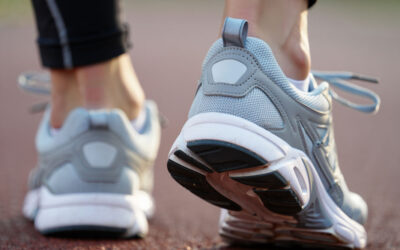A question I am often asked: can honey be heated? Today, in this post, I will answer whether honey can be heated, what properties are lost when it is heated, and why heating honey can be harmful. Previous posts about honey covered its beneficial properties and Manuka honey. Read on to discover why honey should not be heated and how it can become dangerous when exposed to high temperatures.
Why Shouldn’t Honey Be Heated?
Honey should not be heated quickly or directly over an open flame. Essentially, the more intensely you heat it, the greater the chance of reducing its nutritional value.
- Heating honey to 37°C (98.6°F) results in the loss of nearly 200 components, some of which have antibacterial properties.
- Heating to 40°C (104°F) destroys invertase, a crucial enzyme.
- Heating to 50°C (122°F) for more than 48 hours turns honey into caramel, as its most valuable sugars convert into ordinary sugar-like substances.
- Heating honey above 140°F for more than two hours leads to rapid degradation.
- Heating honey above 160°F for any period causes rapid degradation and caramelization.
Studies have shown that heating honey alters its properties and changes its chemical composition. Fortunately, heat doesn’t make honey so toxic that it becomes harmful. However, heating weakens its components, reducing their effectiveness. Heat negatively impacts enzymes, minerals, vitamins, and other compounds.
Temperatures in beehives can reach approximately 95°F (35°C), which means a small amount of heat does not affect honey’s ingredients. However, excessive heat is not advisable as it compromises the powerful properties of its key nutrients. Excessive heating damages these nutrients, thus affecting honey’s nutritional value. The impact depends on how much and for how long the honey is heated.
Heating crystallized honey can help liquefy it for easier use. However, only mild heat should be applied to avoid destroying its natural ingredients. Generally, ensure the heat does not exceed 95°F (35°C). Applying gentle heat to crystallized honey can help make it liquid again.
Cooking with Honey
Heating honey is harmful, making it more damaging than beneficial. Prolonged exposure to high temperatures completely changes it. Whether you use a grill, microwave, or stovetop, excessive heat will degrade the beneficial enzymes and alter its taste. The raw honey’s original flavor is completely lost as its components break down or change.
Heating honey affects its properties in various ways:
- Loss of Antimicrobial and Antibacterial Properties
Enzymes like invertase and diastase are destroyed during excessive heating. These enzymes aid in digestion and sugar breakdown. Honey’s glucose oxidase, which helps the body fight bacteria and viruses by producing hydrogen peroxide, is also lost upon heating. - Loss of Antioxidant Properties
Honey is rich in antioxidants that neutralize harmful radicals in the body. These radicals are a leading cause of chronic diseases and infections. They also damage cells. One of honey’s antioxidants, polyphenols, has anti-cancer properties and helps prevent inflammation. Heat destroys these substances.
In the food industry, heating is used primarily to improve the appearance of certain products. For honey, heating is more about enhancing its visual appeal, as raw honey is already safe to consume.
What Does Ayurveda Say About Heated Honey?
In the primary Ayurvedic text, Charaka Samhita (Sutrasthana XXVII, Verses 243–248), it is stated: “There is nothing more serious than ama (indigestible matter) caused by improper use of honey. Heated honey can be lethal due to its association with toxins.” The text further describes honey’s healing properties and its ability to act as a carrier (yogavahi), enhancing the properties of other products or nutrients consumed with it. Experts interpret this to mean that heating alters honey’s properties, and it should be avoided. Fresh, raw honey is most effective for reducing Kapha and congestion, and in small amounts, balancing Vata.
The Maillard Reaction
When honey is heated or cooked, the sugars and fructose in it undergo a chemical change through a browning effect called the Maillard reaction. Heating honey or storing it for extended periods increases the production of a toxic substance known as 5-hydroxymethylfurfural (HMF).
HMF is not only present in heated honey but also forms when sugar is caramelized, making baked goods with honey a poor choice. It is also found in breakfast cereals, bread, dairy products, fruit juices, and liquors in varying concentrations. Heated honey, molasses, processed protein, and whey protein powders are significant sources of HMF.
Honey and Ghee
A study showed that heating honey decreases its specific gravity, increases ash content, pH, HMF, browning, phenolic content, and antioxidant activity. Mixing honey with ghee enhances browning and antioxidant properties without altering food consumption or organ weight in rats. However, the study also showed that heating honey (>140°C) when mixed with ghee produces HMF, which can have harmful effects and act as a poison over time (Ushnam cha samagrutham madhu marayati).
PMID: 22131701; PMCID: PMC3215355.
References: Studies on HMF from honey heating: PMID: 29619623; PMCID: PMC5884753.






0 Comments